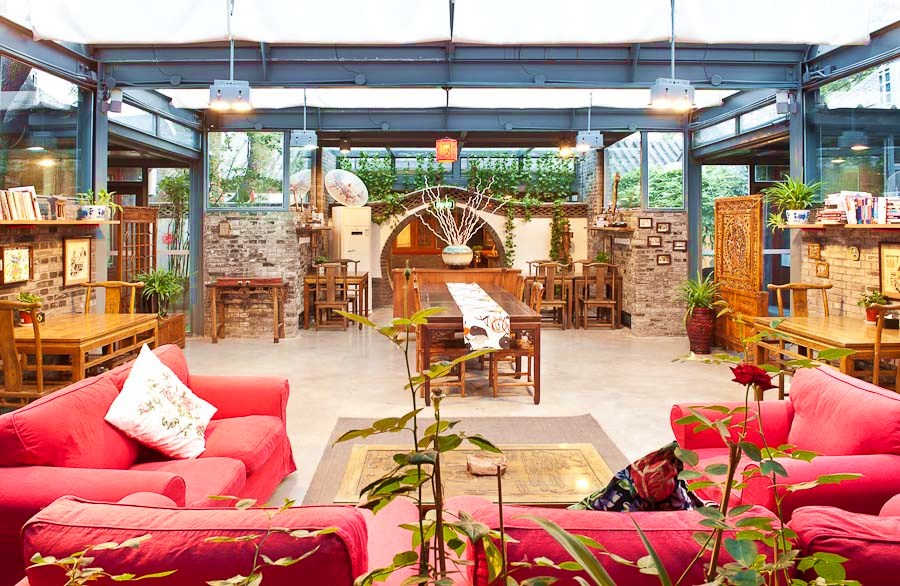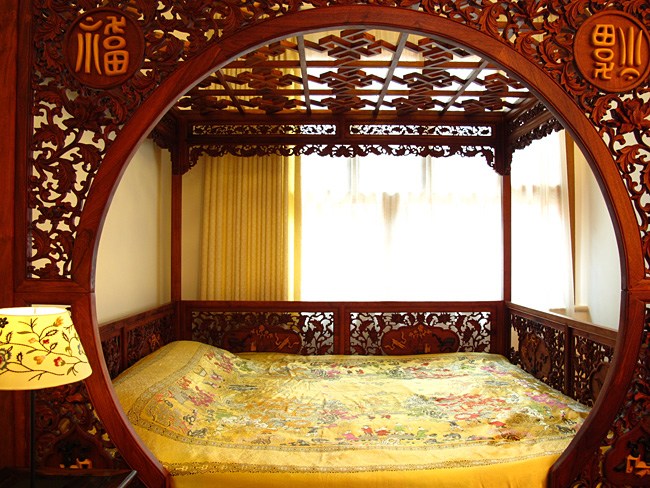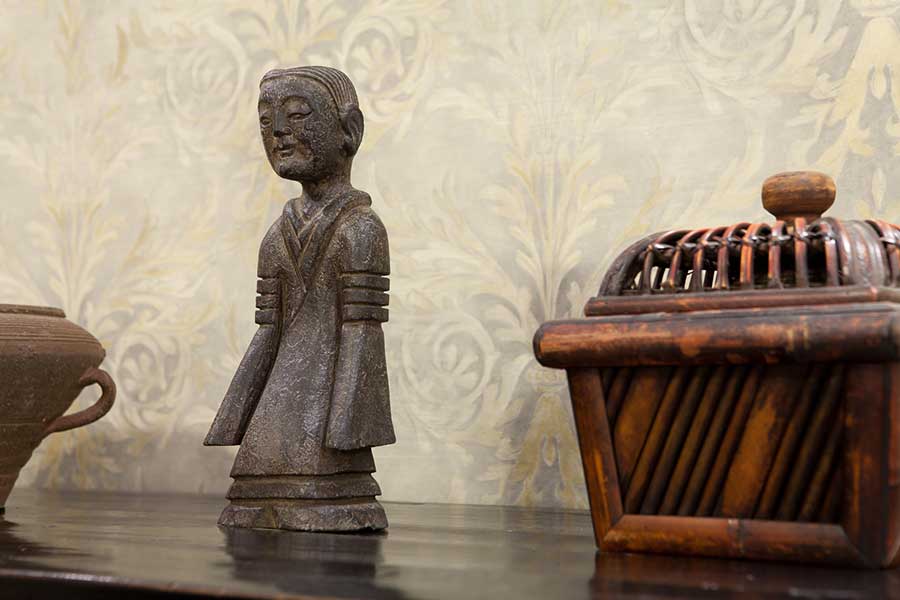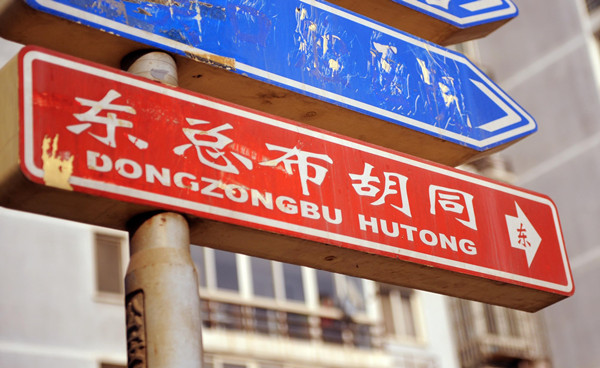
|
This area of Beijing gets its name from the Drum Tower which still stands along the central axis in the old city. Across the square, you’ll also find the Bell Tower here. Originally used as giant musical instruments, the two towers eventually became the city’s timekeepers. Now, they serve as ancient relics of Beijing’s past. The Gulou area is much more than the towers, though. The square in between them serves as a hangout for locals, who gather on a daily basis in the warmer months to do tai chi, dance, or just play cards. Around the towers, you’ll find a bunch of restaurants, cafes, and bars, so it’s a great place to hangout and relax with a cup of coffee or an ice cold Yanjing beer.
|
|
|

|
Houhai refers to a lake and its surrounding neighborhood in Xicheng District of central Beijing. Houhai is the largest of the three lakes, along with Qianhai and Xihai, which comprise Shichahai. Since the early 2000s, the hutong neighborhood around Houhai has become known for its nightlife as many residences along the lake shore have been converted into restaurants, bars, and cafes. The area is especially popular with foreign tourists visiting Beijing and is also often visited by the expatriate community and the younger generations of locals. It is the most popular area in the capital city, either in daylight or at night.
|
|
|

|
Wangfujing is one of the Chinese capital's most famous shopping streets. The majority of the main shopping area is pedestrianised and is very popular for shopping for both tourists and residents of the capital. Since the middle of the Ming Dynasty there have been commercial activities in this place. In the Qing Dynasty, ten aristocratic estates and princess residence were built here, soon after when a well full of sweet water was discovered, thereby giving the street its name "Wang Fu" (princely residence), "Jing" (well). Wangfujing is now home to around 280 famous Beijing brands, such as Shengxifu hat store, Tongshenghe shoe shop, the Wuyutai tea house and a photo studio which took formal photos of the first Chinese leadership.
|
|
|
|

|
Nanluoguxiang was built in the Yuan Dynasty and received its current name during the Qing Dynasty, around 1750. In recent years, the hutong has become a popular tourist destination with many bars, stores and galleries. The Nanluoguxiang Station of Beijing Subway opened in 2012 and is located near the south entrance of the hutong. Nanluoguxiang is famous for its hutong and courtyards (siheyuan) but it is also now famed for the cafes and bars and clothing and handcraft shops that line its hutong laneways. Dubbed “another bar area besides Houhai, Workers’ Stadium and Sanlitun,” Nanluoguxiang is a perfect blend of past and present.
|
|
|
|
|
General Knowledge
Media partners:
Copyright ? 1999-2013 Chinanews.com. All rights reserved.
Reproduction in whole or in part without permission is prohibited.



































